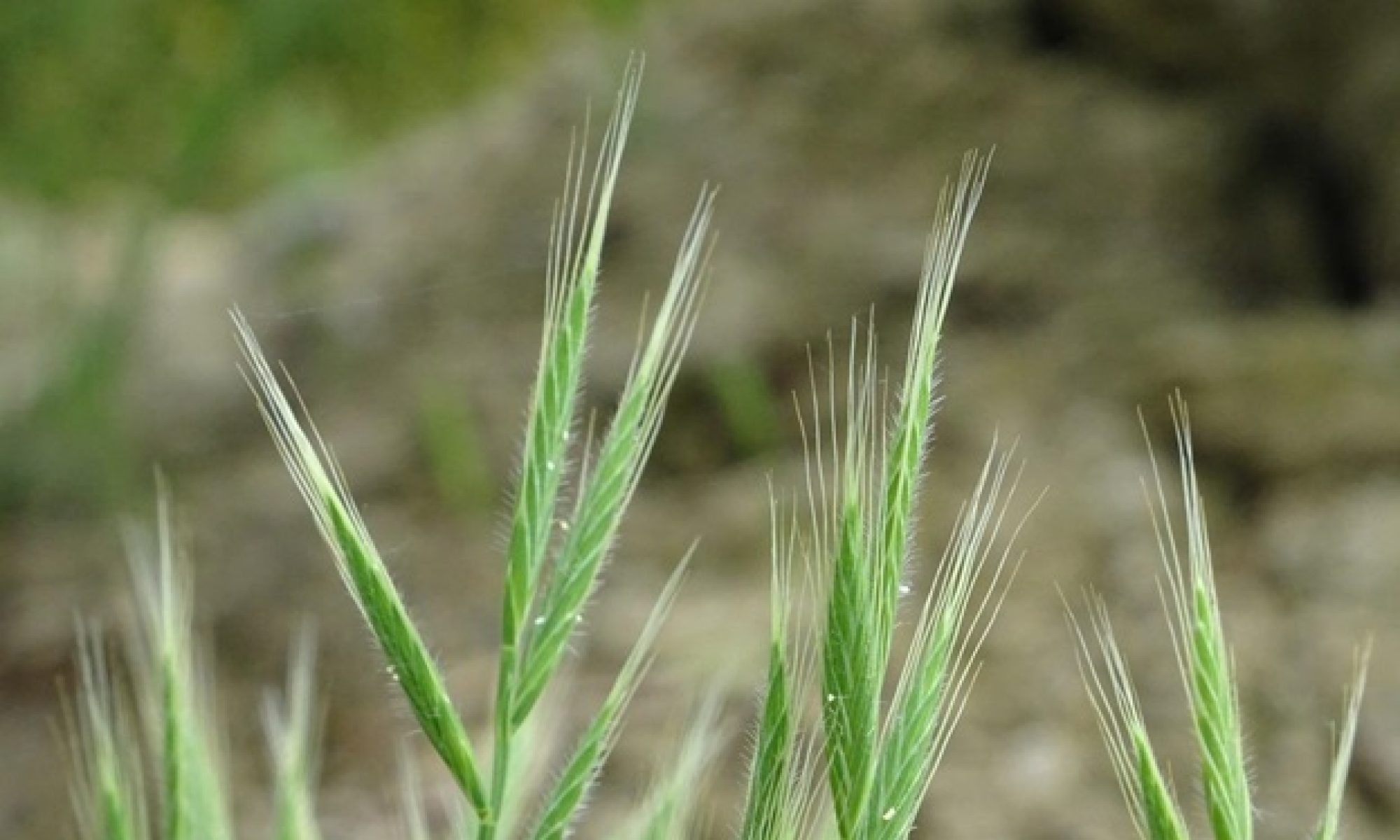University of Silesia
Inferring on karyotype structure and evolution in Brachypodium using cross-species chromosome barcoding
Recent synteny-based paleogenomic analyses have identified polyploidisation and dysploidy as the prime mechanisms that are responsible for the diversity in plant karyotypes and indicated that nested chromosome fusions (NCF) are crucial for shaping the chromosome structure in grasses. Although it provided insight into the putative numbers of protochromosomes in the monocot progenitors and permitted the karyotypes of some present-day grasses, including B. distachyon, to be connected with their hypothetical ancestral karyotypes, these studies did not involve other Brachypodium representatives. We present comparative characteristics of various Brachypodium karyotypes using multicolour FISH with chromosome-specific probes. In order to gain the detailed insight into the structure and evolution of individual chromosomes at the cytomolecular level, we conducted cross-species FISH mapping with series of BAC clones that were derived from chromosomes Bd1-Bd5 of B. distachyon and ordered on its physical map. Using this approach, we demonstrated the presence of NCFs and other chromosome rearrangements, such as Robertsonian rearrangements, translocations and inversions that are responsible for diverse karyotypes structure across the genus; some of them were strictly genome-specific. This provides new data regarding karyotype evolution in several Brachypodium species that have various basic chromosome numbers and different ploidy levels. Good examples are prolonged genome stasis found in B. hybridum after the formation of this annual allotetraploid and chromosome dysploidy with diverse genome organisation observed in some perennials, for example B. pinnatum, B. phoenicoides and B. mexicanum. Such cytomolecular studies, in particular when combined with the findings of the ongoing whole genome sequencing projects and further molecular phylogenetic analyses, should contribute to resolving the still enigmatic phylogenetic relations within the Brachypodium genus.

